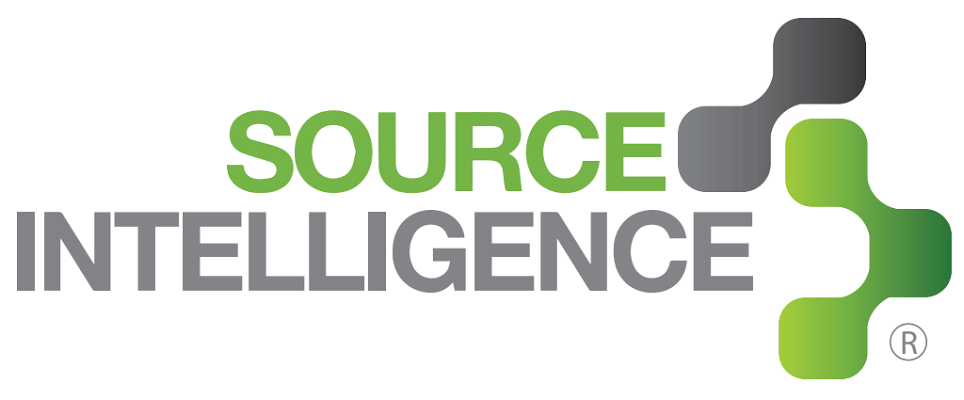Conflict Minerals Compliance: Data Assessment and Assurance
Data Assessment and Assurance, The 4th Step of Conflict Minerals Compliance

March 2, 2015 /3BL Media/ - Conflict Minerals Compliance
Conflict Minerals compliance consists of five steps, outlined below (and shown in Figure above).
- Filter: Determine which of a company’s products are in scope.
- Reasonable Country of Origin Inquiry (RCOI): Determine whether the conflict minerals used in a company’s products may have originated from the DRC or whether they came from scrap or recycled sources.
- Due Diligence: After completing the RCOI, if a company either comes to know or has reason to believe conflict minerals originated in the DRC and did not come from recycled or scrap sources, that company engages in due diligence to gather information about potential risks so they can be assessed and managed appropriately.
- Data Assessment: Information gathered from the supply chain should not be taken at face value. A company must assess provided data to understand its completeness and accuracy.
- Report: Prepare and submit Special Disclosure (SD) forms and/or Conflict Minerals Reports as necessary to the SEC.
Data Assessment and Assurance
If you have initiated your conflict minerals compliance program, you likely began by filtering your products to identify those that may contain tin, tantalum, tungsten and gold (3TG). Based on this, you initiated a Reasonable Country of Origin Inquiry (RCOI) that involved hundreds or even thousands of telephone and email inquiries, data requests, data files and other supporting documents. To effectively highlight areas of risk and provide auditable evidence of your due diligence process, these efforts and the resulting data must first be well organized.
Once data is organized it must be continuously reviewed and assessed for accuracy, plausibility, consistency, gaps and reasonableness. Key issues to consider throughout the process are supplier response rates and requests for confidentiality, missing and erroneous data, and discovery of red flags, which warrant further investigation. It is only by spending time assessing these issues will you be able to gain a realistic perspective of the potential risks associated with your supply chain.
To learn more about the fourth step in the conflict minerals compliance five step process, download the Data Assessment and Assurance White Paper Guide.

